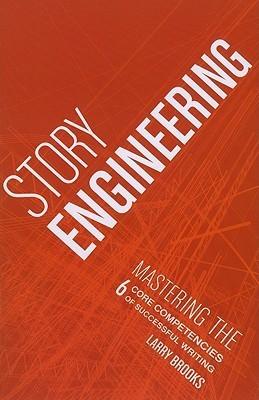
Every successful author eventually concludes that they have something to provide for the neophytes of the craft. The problem is that the most insight any individual author might provide for someone who wants to get into writing stories has probably been said before. In Story Engineering, I was hoping for some useful tips on structure but instead was accosted with incredibly biased opinions from the author (and his obsession with a handful of books). He seems to think there is only one singular way to be successful and his book is the only way to understand it. I’m used to biased non-fiction, but not nearly this much of it.
I think that all writing methods have their benefits and downsides, but if you were to corner the author and ask him about pantsers (i.e., people who write by the seat of their pants via “exploratory writing”), he’d probably admit that they murdered his mother. In describing his successful publishing endeavors, I got the sense that the author didn’t realize that he was incredibly lucky to have achieved the successes he did, cementing in his mind that it was the only way to be successful. The irony is how he includes several examples of successful authors who follow the pantsing method and how their books still abide by this stringent Story Engineering structure.
When I see the idiom “burying the lede,” I often think of clickbait articles or newspaper columns that take forever to get to the point. This is the first time I’ve encountered burying the lede for an entire book. It takes forever for the author to get to the point, and by then it’s difficult to remember what we were even supposed to glean from it. There might be some useful information here, but it’s so bogged down in obvious things that every other author who has written a book on writing has already said.
No new writing tips in extremely biased non-fiction, I give Story Engineering 2.0 stars out of 5.